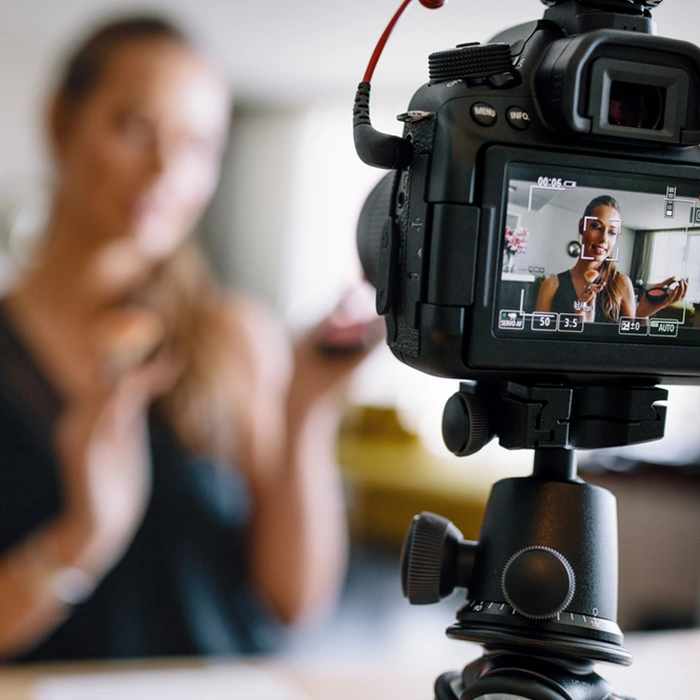In today’s digital world, the line between news and advertising can sometimes blur.
Reportage, a style of journalism that focuses on eyewitness accounts and in-depth reporting, can be a powerful tool for conveying authentic experiences.
But what happens when reportage gets a sponsor?
This guide will explore the relationship between reportage and online ads, equipping you to navigate the ever-changing media landscape.
Reportage thrives on authenticity and emotional resonance.
Understanding Reportage
Reportage is a journalistic approach that prioritizes firsthand experience.
Reporters aren’t just chroniclers; they immerse themselves in a story, capturing the sights, sounds, and emotions of a situation. They then use vivid writing and storytelling techniques to bring their experiences to life.
Reportage can cover a wide range of topics, from war zones to local communities.
Imagine a gripping account of a climate change activist embedded with a remote Arctic village, or a nuanced portrayal of a day in the life of a young entrepreneur.
The Rise of Sponsored Content
With the decline of traditional advertising revenue, many media outlets have turned to sponsored content.
This type of content is created with the financial backing of a brand or advertiser. While it can inform and entertain readers, it’s important to remember that sponsored content has a promotional purpose.
Think of an article about the best hiking trails in Patagonia, brought to you by a new brand of outdoor apparel.
The Blurring Lines
The challenge for consumers lies in differentiating between objective reportage and sponsored content.
Sometimes, sponsored content can be disguised as impartial journalism, making it difficult to identify the advertiser’s influence.
An article exploring the latest trends in sustainable fashion might seem like a standard news piece, but it could be sponsored by an eco-conscious clothing company.
Tips for Spotting Sponsored Content
Here are some tips to help you identify sponsored content:
- Look for labels: Reputable publications will clearly label sponsored content. This might be through a disclaimer at the beginning or end of the piece, or a label like “Paid Content” or “Promoted.”
- Consider the source: Is the publication known for its strong journalistic ethics? A history of investigative reporting suggests a higher likelihood of objective content. You can usually find information about a publication’s editorial philosophy on their website’s “About Us” page.
- Read critically: Does the content seem overly positive towards a brand or product? Is there a lack of critical analysis? These can be signs of sponsored content. For instance, an article about a new fitness tracker might focus solely on its features without mentioning any potential drawbacks.
The Importance of Transparency
Transparency is key to maintaining trust between readers and media outlets. Sponsored content should be clearly labeled, and the advertiser’s influence should be disclosed.
This allows readers to make informed decisions about how much weight to give the information presented.
The Future of Reportage
Reportage remains a valuable tool for informing and engaging audiences.
By providing a window into the world through the eyes of a skilled reporter, reportage can foster empathy and understanding. Even in the age of online ads, there will always be a demand for high-quality, authentic journalism.
By staying vigilant and practicing critical thinking skills, readers can continue to rely on reportage for a deeper understanding of the world around them.
In turn, this empowers them to make informed decisions and engage with sponsored content on their own terms.
